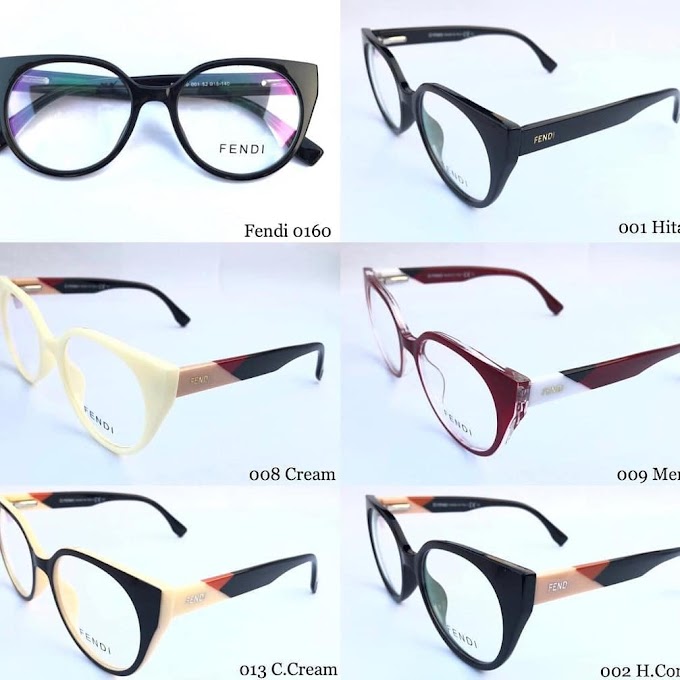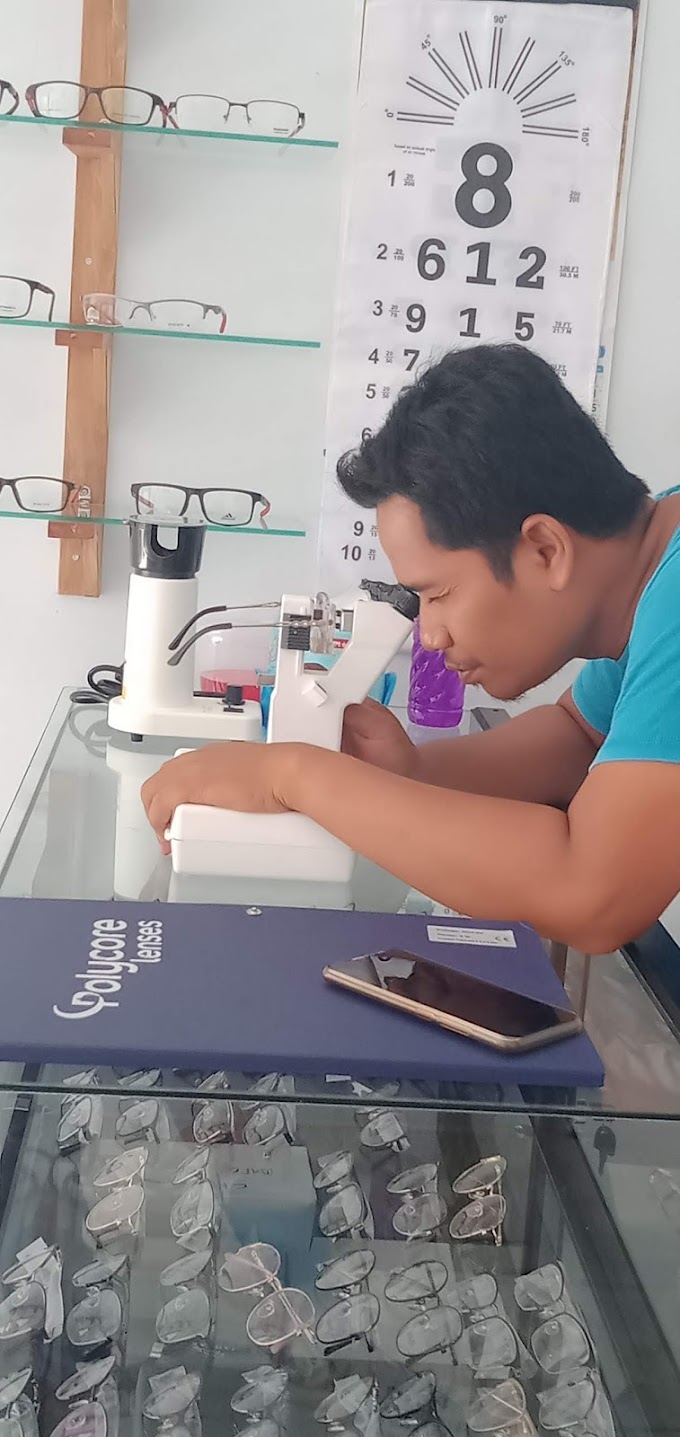Product Description »
HOW TO IDENTIFY AN EYE CONDITION
There are a variety of vision conditions you should be aware of, which can affect you at different ages and can vary in severity. Below is a general overview of the most common ones; however, you should consult an eyecare professional to correctly diagnose a potential condition.
NEARSIGHTEDNESS (MYOPIA)
Can you see clearly close up, but not far away? If so, you could be nearsighted. Nearsightedness, or myopia, happens when light focuses in front of the retina, as opposed to on the retina, usually because the eye is elongated. It’s often passed on genetically, and usually detected between the ages of 8 and 12. Nearsightedness usually worsens during adolescence, and stabilizes in early adulthood. Learn more about the symptoms and signs.
FARSIGHTEDNESS (HYPEROPIA)
On the other hand, if close objects are blurry, but you can see distant objects clearly, you could be farsighted. Farsightedness, or hyperopia, occurs when light focuses behind the retina, as opposed to on the retina. This is generally because the eye is shorter than usual. Young children are often slightly farsighted. In most cases, the condition corrects itself as children’s eyes naturally grow in length. However, some children remain farsighted but have enough focusing flexibility to overcome the blur. They are unaware of their condition until they reach presbyopia around age 40.
PRESBYOPIA
As we get older, presbyopia becomes more prevalent, and we usually notice it around age 40. The eye’s soft and flexible crystalline lens hardens over time, making it difficult for the eye to focus light onto the retina and see objects clearly up close. Presbyopia eventually affects everyone, no matter how good your vision was when you were younger.
ASTIGMATISM
Astigmatism usually involves the outer layer of the eye, called the cornea. When someone has astigmatism, their cornea has one portion with a steeper curve compared to the rest of it. Because the curvature is not equal, vision will be distorted for both near and far objects. Images are blurred because some of the light rays are focused and others are not. Astigmatism is usually a genetically inherited condition, and sometimes occurs in combination with nearsightedness or farsightedness.
BLURRY VISION
Blurry vision can be an important indicator of vision problems or other health issues. It can affect one eye (unilateral blurred vision) or both eyes (bilateral blurred vision), and whether it occurs often or rarely, it should never go untreated. If you think your vision isn't as sharp as it should be, or haven't had an eye exam within the past year, make an appointment with an independent eyecare professional for a comprehensive eye exam.
BLINDNESS
Blindness refers to a loss of vision that cannot be corrected with glasses or contact lenses. Partial blindness means you have very limited vision. Complete blindness means you cannot see anything and do not see light. This vision loss may happen suddenly or over a period of time. People with vision that is worse than 20/200 with glasses or contact lenses are considered legally blind in most states in the United States.







